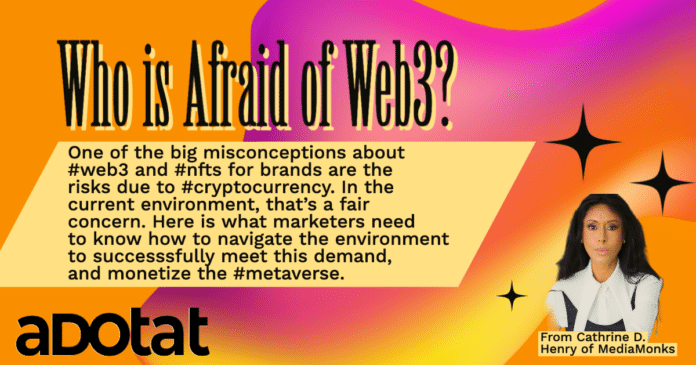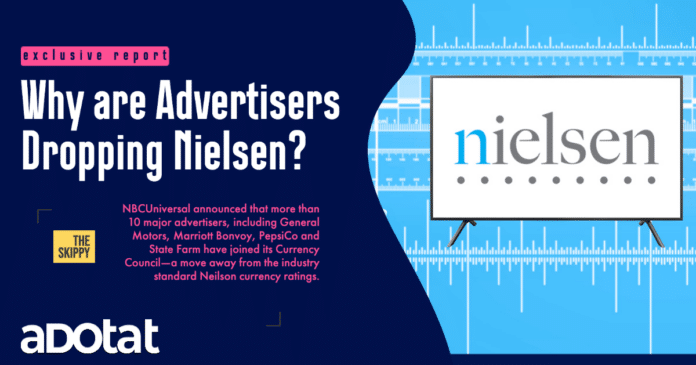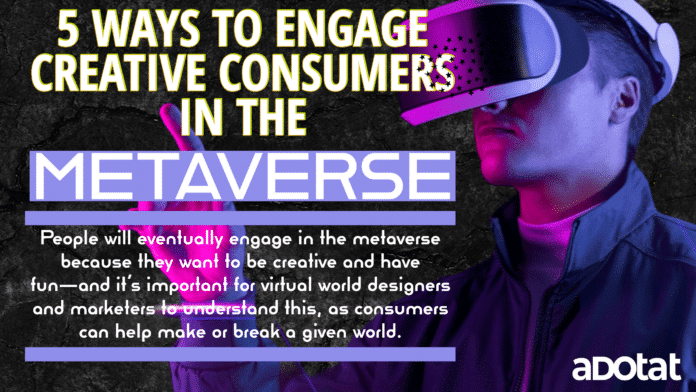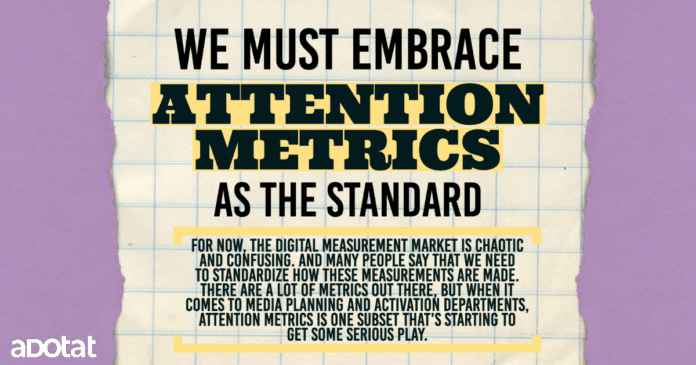The world has changed a lot since the dawn of digital advertising.
When we started using digital measurement, it was all about clicks and impressions.
We were just trying to learn as much as possible about who was clicking and how many times they were coming back.
Behavioral targeting gave us real insights into consumers—but now it’s not effective anymore and won’t stand the test of time when it comes to emerging environments or future privacy regulations.
It’s time to turn our attention back toward what really matters: human beings. Digital technology is already smart enough to understand the nuances of a given situation or environment—we don’t need low-fidelity signals like impressions and clicks anymore. It can gather information from words, images, and sounds to provide a fuller picture of customer preferences—and then create ads that resonate with those preferences.
Working together, these two things will redefine digital advertising—wherever it appears. People will find the ads both useful and delightful (without worrying about crossing a line and compromising their privacy).
For now, the digital measurement market is chaotic and confusing. And many people say that we need to standardize how these measurements are made.
There are a lot of metrics out there, but when it comes to media planning and activation departments, attention metrics is one subset that’s starting to get some serious play.
One can seriously say that attention is the most important part of advertising, and nothing can make or break your campaigns quite like it.
Digital display ads might sit completely unnoticed at the side of the screen, a radio ad might play while the listener is out of the room, and a TV ad might roll while the viewer is busy on their phone.
Media buyers know that attention-grabbing ads cost more money, but they also realize that it’s impossible to guarantee people will notice your product.
But advertising that fails to capture consumers’ attention doesn’t work—and getting metrics on which advertisements are most effective is one way for brands to reward ad networks and formats that achieve the right balance of creativity, relevancy and impact
“It’s not enough to be viewable,” said Jen Faraci, chief data officer for Digitas North America. “We need to know that people are paying attention to it. So how do we define what attention actually means? How do we create standards around it?”
The attention metric space is focused on trying to understand how much actual attention is paid to ad messages, beyond just looking at viewability as a sufficient gauge of interest or value.
Using passive eye-tracking technology, they aim to get to a holistic view expressed in a single metric—whether that’s behavioral- or outcome-based.
Also, facial coding is the process of using computer software to recognize facial expressions via a webcam. This technique can provide valuable insights into how users feel about content they’re viewing.
Attention metrics can help you evaluate the impact of each impression individually, or taken together they can give a high-level view of their overall effectiveness.
Although viewability remains an important quality metric for digital advertising—representing the percentage of a webpage visible to users with ads loaded on it—it is only one measure among many since other factors, such as ad load and page design, have been shown to influence whether or not someone actually sees your display ad.
And let’s be honest here: in theory, we shouldn’t be accepting anything less than 100% viewability for ads. There’s no excuse for legitimate publishers to “hide” their ads in places just to generate cheap impressions, which often is the cause of low viewability.
Attention is the new currency of the digital age, and frankly, that’s the way it should be. That’s the conclusion of a recent study by Teads and dentsu, which looked at the impact of attention on branding KPIs.
The study found that attention is nearly three times better at predicting outcomes than viewability, and showed that although the effectiveness of ads can be measured by viewability alone, this method fails to capture their true potential.
And, interestingly, some drivers of viewability, such as format size and position on the page, can have a negative impact on attention level.
Also, the advertising industry is in a period of reflection, experimentation, and unavoidable change.
With cookies being depreciated, audiences are no longer addressable and campaign measurement is an area of particular focus. This is a time where we can take this seriously — and start creating new metrics that actually work and tell the story of the advertising solutions.
The question is, where do you start when measuring consumer attention?
Here are four steps that will take your ad-measurement strategy to the next level by going beyond verification and measuring attention signals.
1) Measure against benchmarks
Use benchmarks from your industry and the region to determine how successful your campaigns are, and then measure success over time by establishing new metrics. This will help you gain a better understanding of your ad campaigns’ effectiveness over time, allowing for more sophisticated analysis than if you relied on metrics alone.
2) Use multiple metrics
Measure the impact of your ad campaign on brand awareness, consideration, intent and conversion. In reality, a combination of metrics is required to truly measure consumer attention, as this provides a holistic view of performance.
3) Use data to inform future decisions
Don’t rely on assumptions about what works best for your audience; use data to inform future decisions about where to allocate budget, who to target and what content format should be used in each case.
4 Understand the core metrics. The metrics you choose should all relate to your goals. Find the handful of key attention metrics that matter most, then use them as a building block to measure more advanced engagement strategies.
a) Active-Page Dwell Time: This metric tracks the average time spent with content in the foreground tab of a web browser—the most reputable way to measure how long someone stays engaged. It’s used across desktop display, mobile and branded content.
b) In-View Time: This is a baseline attention metric that measures the average amount of time people spend with an ad once 50 percent of pixels are in view for at least one continuous second. It’s predominantly used on mobile display, but also has applications in desktop advertising.
c) % Viewed: We need to measure how many people have seen your ad, including different signals such as sight, sound and motion. This metric is one of the strongest indicators of how well users pay attention to video ads. It measures the percentage of time that a person spent watching an ad, as long as it was on their screen and within view.
Attention is a precious commodity in the age of digital media. Marketers are looking for ways to capture user attention, and it’s becoming increasingly important for brands to reach their audience in lean-back environments such as connected TV.
We must define these metrics clearly, consistently, and accurately. If we don’t define it consistently, then we end up with a whole bunch of metrics that we can’t actually compare and don’t tell us what we asked it to tell us. This means that it’s impossible for us to create a consistent measurement. It means that trends are impossible. It means that we don’t have any way of importing the results into our modeling to understand the long-term impact of attention.
If a brand wants to engage consumers, it must pay attention to where those consumers are paying attention. After all, consumer attention is the most valuable asset a company can have. That’s why branding and awareness campaigns need planning in order for them reach their full potential
And this isn’t going to change until we make these changes to improve the industry immediately.





















